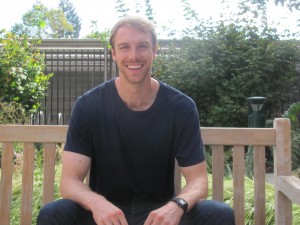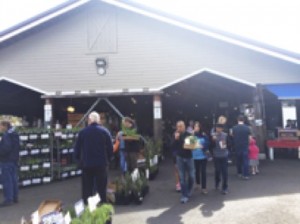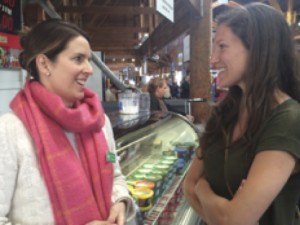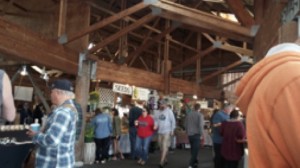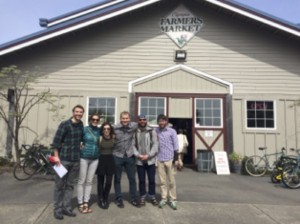By Ian Sisson
I had the privilege of working a great entry level job, in one of the greatest cities in the world (Chicago), in exactly the part of the industry I wanted to be in. I loved my office, the people I worked with, the projects I got to put my hands on, and the variety of work that came across my desk. There was a honeymoon phase with that job, my first out of college, and after about a year and a half that waned and I began to feel exhausted.
Working in the field of architecture and planning requires the ability (and more importantly the will) to balance multiple projects, meet concurrent deadlines, and work long hours. It can feel like projects are never really done; there is always something that can be tweaked, modified, refined. As I went through architecture school and into my first years of work experience I, as many people do, developed a love-hate 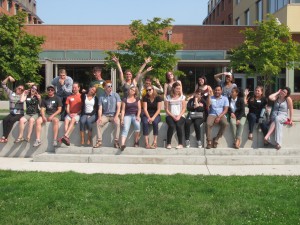 relationship with my work.
relationship with my work.
While I’m passionate about the work and feel that it can contribute to meaningful and powerful positive change (socially, economically, and environmentally), I realized that I needed to have more ownership of my work to stay motivated and energized. I decided that I needed to put myself in a position where I was managing projects. Easier said than done when you’re a year or two out of undergrad…
When I came across the RARE AmeriCorps program, I was excited right away by the opportunity to lead a project, do work with an objective focus on making positive community change, and live in a part of the country I’ve always dreamed of. I was fortunate enough to pass through the application and interview process and receive a placement in the program. Almost four months in, RARE has lived up to my hopes and expectations, and then some. Here’s why:
- Fast track to project management:
- Many placements are made in communities that desperately need assistance on critical projects, but are limited by financial or time constraints that preclude and/or don’t require the hiring of a permanent employee. This puts RARE participants in a position to lead the charge on their projects from day one, often because no one else can. This has enabled me to quickly develop experience and skills that many people don’t get until later in their careers.
- Trial by fire:
- Time and again, I have had the opportunity to step outside of my comfort zone. From moving across the country to rural Oregon, to facilitating meetings with my project advisory committee, appearing on talk radio, and presenting project findings to advisory boards and city council. These opportunities have led to significant professional growth and confidence in my abilities.
- Connection to a top-notch professional network:
- RARE is a national network of talented and flat-out cool people. There are countless opportunities for professional development, mentoring, and networking.
- Oregon as a back yard, and friends in every corner of the state:
- I was excited about moving to Oregon for the opportunity to take advantage of its natural beauty and recreation opportunities, but didn’t consider the fact that I’d have 20+ friends spread out all over the state to share it with. Connecting with the RARE family has enriched the experience more than anything else. The RARE program is truly a rare opportunity, and I’m looking forward to seeing where it leads next.
Ian received his bachelor’s degree in Architecture with a specialization in Urban Design and Planning from the Illinois Institute of Technology. After attaining his bachelor’s degree, Ian worked as an Associate with the Lakota Group, working with a broad range of comprehensive plans, feasibility studies, transit-oriented development projects and historic preservation projects. Ian hopes to spend his year with RARE AmeriCorps – Resource Assistance for Rural Environments working on focusing his professional vision, moving toward a career that is focused on fostering social and ecological well-being. Ian sees himself leaving his year with the RARE program with an extraordinary sense of fulfillment and gratitude that will propel him toward the next milestone in his life, whether it be a graduate degree, work in the public or private sector, or another service program.

